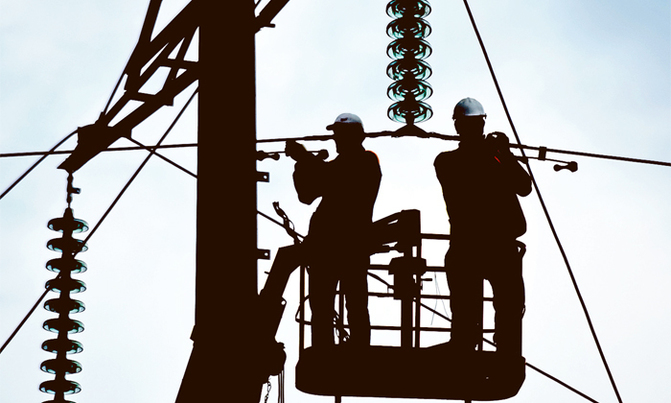Government plans to prioritise the development of electric power grids to increase access to clean energy Over the next fi ve years, the Government will prioritise the development of mini electric power grids, off grids and extension of the national grid to areas where it is nonexistent.
This, according to the energy minister, Eng. Mary Gorretti Kitutu, is intended to increase access to clean energy from the current 20% to well over 75%.
The Government resorted to the mini-grids due to the persistent low level of access, which was not supporting rural transformation fast enough, Kitutu said.
She said the small-scale renewable energy generation can provide the necessary supply to remote areas and also minimise the risk of overdependence on one source.
The minister was speaking during the Energy Week recently, where she launched Uganda’s Energy Road Map in Kampala.
According to Benon Bena, the manager for Off-grid and Renewable Energy Development at the Rural Electrification Agency (REA), a study for at least 100 minigrids has been done.
"We have finished a study for about 100 mini-grids to be established across the country, co-funded by government, KfW and European Union. There is also a proposal for another 600 mini-grids," Bena revealed.
Majority of the mini-grids and off-grids will be on stand-alone settings due to the nature of settlements that are mainly sparsely populated, he said.
"One of the contentious and recurrent challenges that keep popping up in almost every discussion is the high cost of developing the mini-grids and the resultant tariff. That is why government is addressing it by providing grants and subsidies to the developers by meeting up to 70% of the project costs," Bena added.
The cost of electricity remains above the targeted five dollar cents per unit for all consumer categories. The categories include industries, households and street lighting.
HOW MINI-GRIDS WORK Off-grid distributed generation is made of relatively smallscale generation capacities, connected to a distribution network (medium and low voltage) to provide clean, low cost and reliable energy. It would supply village homes and businesses with electricity similar to that on the national grid. A man fixing solar panels on a roof. Solar-powered mini-grids is the other alternative for cheap green electricity to rural areas Moses Kakooza from GIZ noted that the private sector would be willing to embrace private investment for minigrids, but this is hampered by constraints in the policy and regulatory framework for mini-grids.He said these need to […]
